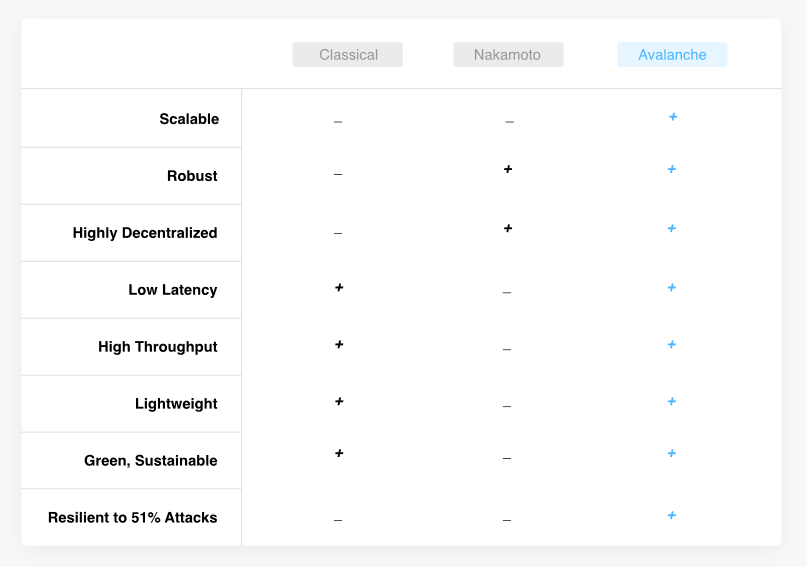Now that #FlashLoans are a thing, prepare for exchanges to offer *risk-free* returns on user deposits, to use as liquidity for flash loans (not fractional reserve). Users will obviously want this service, because it's free---risk-free---money!
This changes the game and shows just how broken many projects that rely on tokens for security or governance are. They assume that a majority token-holder would never attack the system, lest their tokens drop in price. But they didn't consider *individually rational* actors.
Individually rational users, each holding a small amount of tokens, will gladly make use of e.g. centralized exchanges offering returns for providing liquidity for flash loans. Together, this can easily result in a huge fraction of the tokens being available to launch an attack.
• • •
Missing some Tweet in this thread? You can try to
force a refresh






